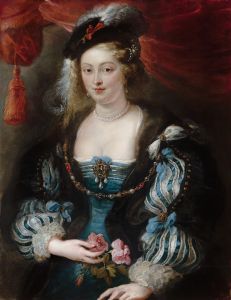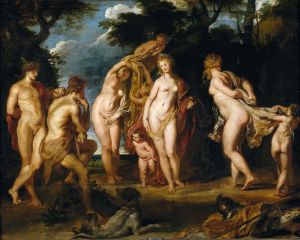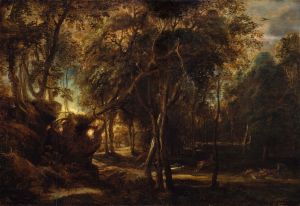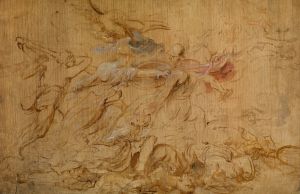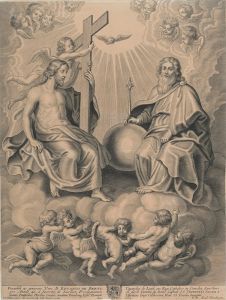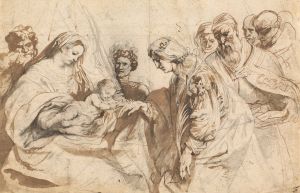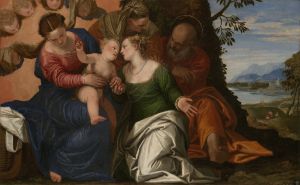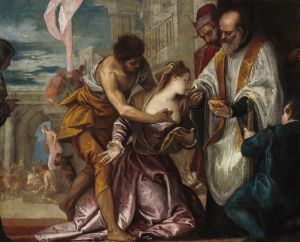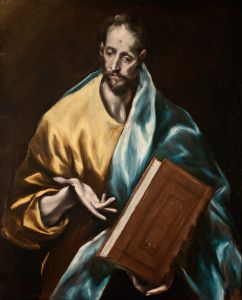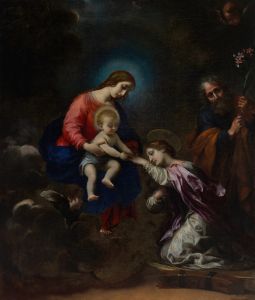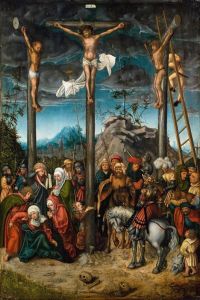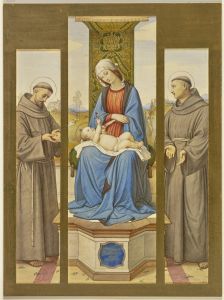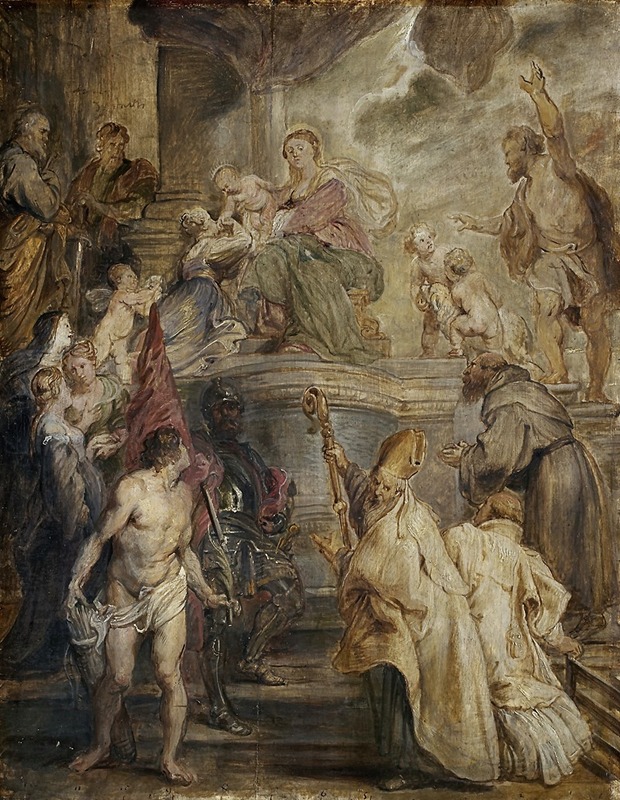
The Mystic Marriage of St Catherine
A hand-painted replica of Peter Paul Rubens’s masterpiece The Mystic Marriage of St Catherine, meticulously crafted by professional artists to capture the true essence of the original. Each piece is created with museum-quality canvas and rare mineral pigments, carefully painted by experienced artists with delicate brushstrokes and rich, layered colors to perfectly recreate the texture of the original artwork. Unlike machine-printed reproductions, this hand-painted version brings the painting to life, infused with the artist’s emotions and skill in every stroke. Whether for personal collection or home decoration, it instantly elevates the artistic atmosphere of any space.
The Mystic Marriage of St. Catherine is a painting by the Flemish Baroque artist Peter Paul Rubens. This artwork depicts the mystical marriage of Saint Catherine of Alexandria, a popular subject in Christian art that symbolizes the saint's spiritual union with Christ. The painting is believed to have been created in the early 17th century, during Rubens' prolific career as one of the leading painters of the Baroque period.
The composition of the painting centers on Saint Catherine, who is shown kneeling in devotion as the Christ Child places a ring on her finger. This act signifies her mystical betrothal to Christ, a theme often used to represent the saint's unwavering faith and dedication to Christianity. The Virgin Mary, holding the Christ Child, is typically depicted in such scenes, and Rubens includes her prominently in this work. The figures are rendered with Rubens' characteristic attention to detail, dynamic movement, and vibrant use of color, which are hallmarks of his style.
Rubens was known for his ability to combine influences from the Italian Renaissance with the dramatic intensity of the Baroque. In this painting, he employs a rich palette and dramatic contrasts of light and shadow to create a sense of depth and emotional intensity. The figures are imbued with a sense of vitality and grace, reflecting Rubens' mastery of anatomy and his ability to convey human emotion.
The exact provenance of this painting is not fully documented, but it is consistent with Rubens' other works that explore religious themes. Rubens was deeply influenced by his time in Italy, where he studied the works of artists such as Titian, Michelangelo, and Caravaggio. These influences are evident in the composition and execution of The Mystic Marriage of St. Catherine, particularly in the use of chiaroscuro and the dynamic arrangement of figures.
Today, The Mystic Marriage of St. Catherine is housed in the Kunsthistorisches Museum in Vienna, Austria. It is part of the museum's extensive collection of European paintings and is considered an important example of Rubens' religious works. The painting continues to be admired for its artistic excellence and its ability to convey a profound spiritual narrative through visual means.
Rubens' depiction of Saint Catherine's mystical marriage reflects the broader Baroque interest in religious themes that inspire devotion and emotional engagement. The painting remains a testament to Rubens' skill as an artist and his ability to bring sacred stories to life with unparalleled beauty and drama.





